Table of content
White rice noodles, a staple in Asian cuisine, are celebrated for their delicate texture, neutral flavor, and versatility in dishes ranging from stir-fries to soups. Yet, achieving the ideal consistency—tender yet firm, with no hint of grittiness or mushiness—requires precision, especially when determining the optimal cooking time. This article delves into the science and practicality of cooking white rice noodles to perfection, exploring variables that influence cooking duration, step-by-step techniques, and troubleshooting common pitfalls. Whether you’re a novice cook or a seasoned chef, understanding the nuances of boiling these noodles will elevate your culinary creations.
The Basics of White Rice Noodles
White rice noodles, also known as rice sticks or rice vermicelli, are made from rice flour and water, occasionally combined with tapioca or cornstarch to enhance texture. They are gluten-free, making them a popular alternative to wheat-based noodles. Available in various shapes—from thin strands to wide, flat ribbons—their cooking time varies significantly based on thickness and processing method. Fresh noodles, often sold refrigerated, cook faster than dried varieties, which require rehydration.
Factors Influencing Cooking Time
Several factors determine how long white rice noodles should boil. Ignoring these variables can lead to undercooked (chalky, hard) or overcooked (mushy, broken) noodles.
- Thickness and Shape: Thicker noodles, such as wide ho fun or kway teow, require longer cooking (5–7 minutes) compared to thin vermicelli (2–4 minutes).
- Fresh vs. Dried: Fresh noodles, soft and pliable, need only 1–3 minutes in boiling water. Dried noodles, brittle and dehydrated, demand 5–8 minutes to rehydrate fully.
- Altitude: At high elevations, water boils at lower temperatures, prolonging cooking time. Adjust by adding 1–2 minutes.
- Stove Heat: A rolling boil ensures even cooking, while simmering water may extend the process.
- Personal Preference: Some prefer al dente noodles (slightly firm), while others favor softer textures. Taste-testing is critical.
Step-by-Step Cooking Guide
Preparing the Pot
- Use a large pot: Noodles need ample space to cook evenly. A 4-quart pot suits 8 ounces of dried noodles.
- Salt the water: Add 1–2 teaspoons of salt to enhance flavor.
- Bring water to a rolling boil: High heat ensures rapid rehydration.
Adding the Noodles
- Stir immediately: Submerge noodles gently to prevent clumping. Use chopsticks or a fork to separate strands.
- Avoid overcrowding: Cook in batches if necessary. Overlapping noodles stick together.
Monitoring Cooking Time
- Set a timer: Start timing once the water returns to a boil.
- Test for doneness: After 2 minutes (for thin noodles) or 5 minutes (thick ones), fish a noodle with tongs. Cool it under running water, then bite. The center should be tender with no raw starch taste.
Draining and Rinsing
- Drain immediately: Overcooking happens fast in residual heat.
- Rinse with cold water: Halts cooking and removes excess starch, preventing stickiness. For soups, skip rinsing to retain starch for broth thickening.
Finishing Touches
- Toss with oil: A drizzle of sesame or vegetable oil keeps noodles from clumping.
- Serve promptly: Rice noodles absorb sauces quickly; mix them into dishes just before serving.
Common Mistakes and Solutions
-
Overcooking:
- Symptoms: Mushy, broken noodles.
- Fix: Reduce cooking time by 1 minute. Test frequently.
-
Undercooking:
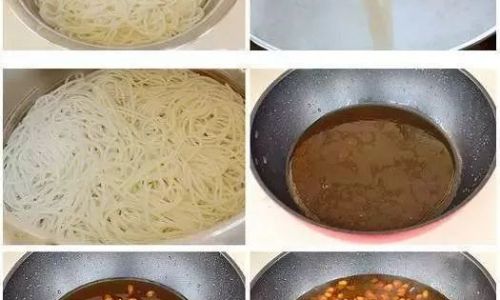
- Symptoms: Hard center, gritty texture.
- Fix: Boil for 1–2 additional minutes. Cover the pot to retain heat.
-
Sticky Noodles:
- Cause: Insufficient stirring or not rinsing.
- Fix: Stir constantly during boiling. Rinse under cold water.
-
Clumping:
- Cause: Overcrowding the pot.
- Fix: Cook in smaller batches. Use a larger pot.
Cooking Times for Popular Noodle Types
| Noodle Type | Dried Cooking Time | Fresh Cooking Time | Best For |
|---|---|---|---|
| Thin Vermicelli | 2–3 minutes | 1–2 minutes | Soups, salads |
| Medium Rice Sticks | 4–5 minutes | 2–3 minutes | Stir-fries, pho |
| Wide Flat Noodles | 6–7 minutes | 3–4 minutes | Pad Thai, chow fun |
| Thick Rice Noodles | 7–8 minutes | 4–5 minutes | Hearty stews, braised dishes |
Advanced Techniques
-
Soaking Method:
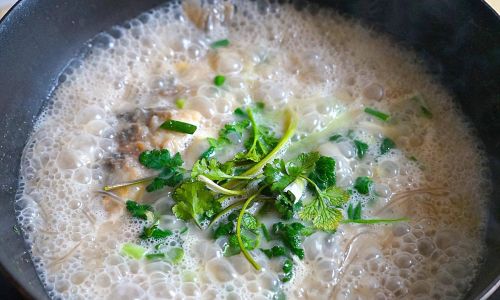
For dried noodles, soak in warm water for 15–20 minutes before boiling. Reduce cooking time by 2–3 minutes.
-
Cold Water Blanch:
- After boiling, shock noodles in ice water. This method, common in Vietnamese cuisine, firms up the texture for cold dishes like goi cuon.
-
Stir-Fry Preparation:

Parboil noodles until 80% done, then stir-fry in a hot wok. Prevents overcooking and ensures even browning.
Recipes to Perfect Your Skills
Garlic Chive Stir-Fry with Rice Noodles
- Ingredients: 8 oz dried rice noodles, 3 garlic cloves, 1 bunch garlic chives, 2 tbsp soy sauce, 1 tbsp oyster sauce.
- Instructions:
- Boil noodles for 5 minutes, drain, and rinse.
- Stir-fry garlic until golden. Add chives and noodles.
- Toss with sauces. Serve hot.
Spicy Coconut Soup with Rice Noodles
- Ingredients: 4 oz fresh rice noodles, 1 can coconut milk, 2 tbsp red curry paste, 1 chicken breast, lime wedges.
- Instructions:
- Simmer curry paste in coconut milk for 5 minutes.
- Add sliced chicken; cook until tender.
- Submerge fresh noodles in broth for 2 minutes. Garnish with cilantro.
Troubleshooting Guide
- Noodles too hard: Soak in hot water for 5 minutes, then reheat in a pan with a splash of liquid.
- Noodles too soft: Use them in soups where they’ll absorb broth without disintegrating.
- Sticky after cooking: Toss with oil and loosen with a fork. Avoid overcrowding during storage.
Storage and Reheating
- Refrigeration: Toss cooked noodles with oil to prevent sticking. Store in an airtight container for up to 3 days.
- Reheating: Soak in hot water for 1–2 minutes or microwave with a damp paper towel.
Cultural Significance
White rice noodles hold cultural importance across Asia. In Vietnam, pho relies on perfectly cooked noodles to complement fragrant broth. In Thailand, pad thai demands noodles that withstand high heat without breaking. Mastering their preparation bridges culinary traditions and modern kitchen creativity.
Conclusion
Cooking white rice noodles to perfection is an art that balances science and intuition. By understanding variables like thickness, freshness, and heat control, you can achieve consistent results. Experiment with cooking times, embrace taste-testing, and adapt techniques to your dishes. Whether you’re crafting a comforting soup or a vibrant stir-fry, the right noodle texture transforms a meal from ordinary to extraordinary. With practice, you’ll soon gauge doneness at a glance—a testament to your growing culinary expertise.
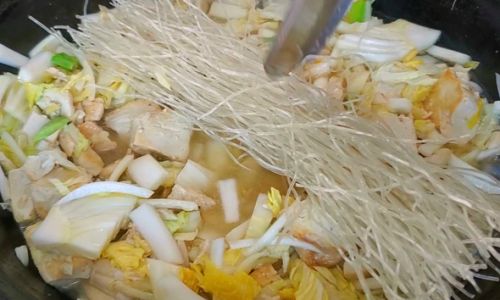
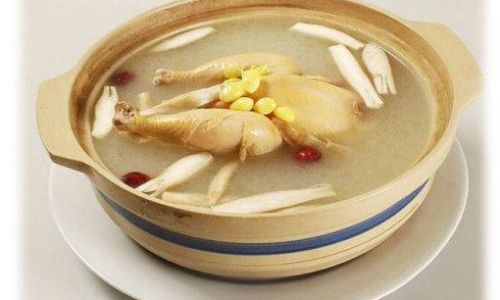
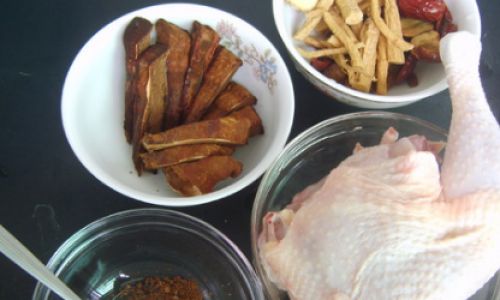
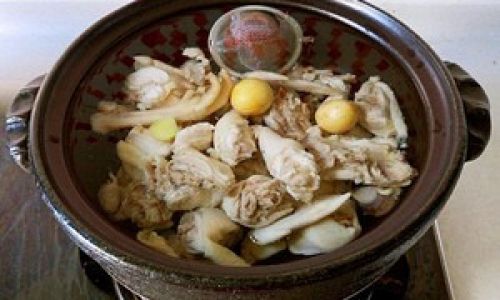
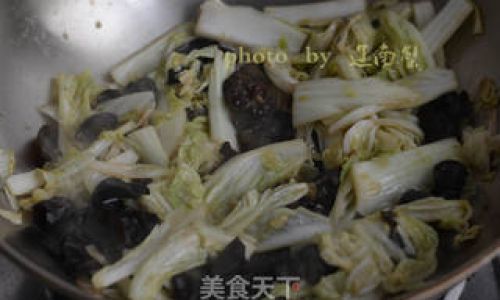
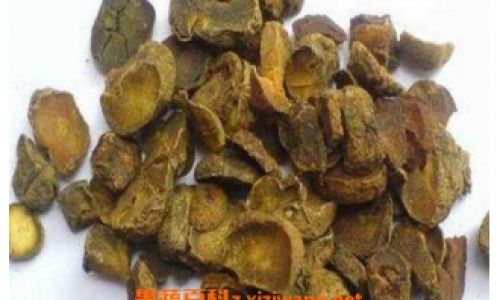
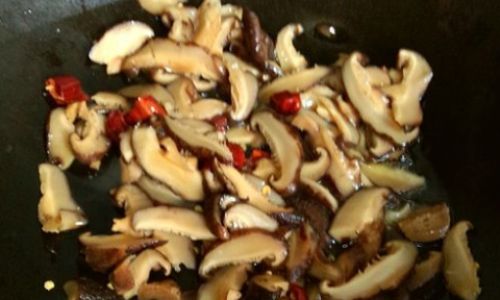
0 comments